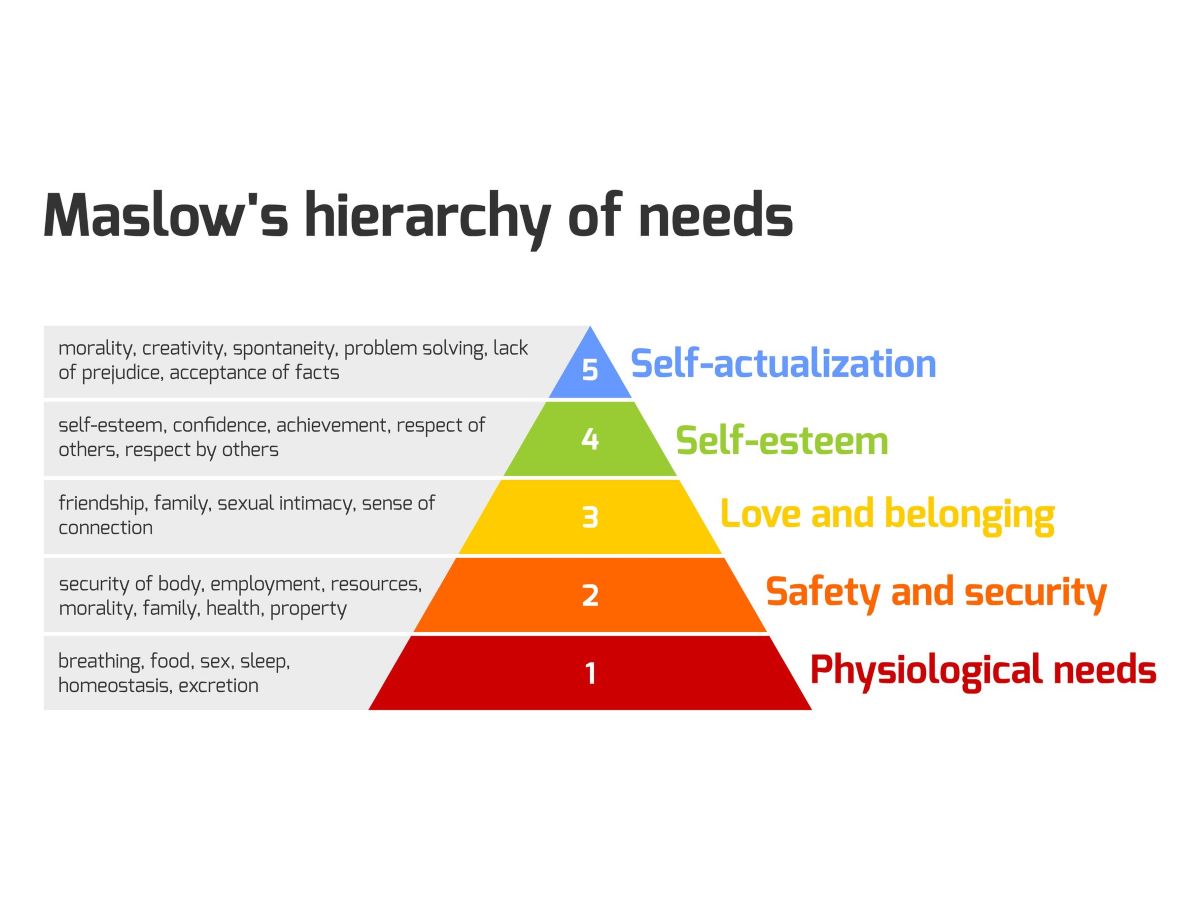4 tips to cut the corporate speak and connect
Trying times demand trustworthy communications. Here’s how to counter uncertainty with authenticity in your writing.

“Authentic communication” is more than a buzz phrase. It’s a prerequisite if you want to establish trust at a time when employees and customers are struggling with uncertainty.
Here’s how to revitalize your writing, messages and even speeches with more empathy, humility and humanity when it’s needed most:
1. Remember Abraham Maslow.
Maslow’s Hierarchy of Needs is more top of mind these days. Many employees, for example, are focused on masks, social distancing and new WFH realities (safety needs), as well as their job satisfaction and sense of purpose at work (self-actualization needs).
“Put yourself in their shoes,” says Joanne Callahan, speechwriter and communications advisor at Con Edison. “Think about their personal experience and what they’re going through before you write a single word.”
It’s a principle Con Edison communicators practiced long before COVID-19.
“We’ve always kept three fundamental employee interests in mind in all our communications,” she says. “They are: my job, my money and my family. But since March, we’ve added: my immediate health and safety. Safety is always the number one focus in everything we do at Con Edison. But it’s taken on a whole new meaning with COVID-19.”
She advises touching on at least one of those needs in whatever you’re working on, whether it’s an executive speech, intranet story or email.
“This is all profound stuff,” she says. “It underscores the need for authenticity. You can’t use corporate speak. You have to write like you talk. You have to respect your audience. And you have to write from the heart instead of the head.”
[Discover more best practices in this upcoming Ragan Training virtual workshop Wed., Oct. 28: “Writing & Content Creation for Communicators” (speakers with the AP Style Guide, Con Edison, Rush Medical Center, Harmon Bros. and The Walt Disney Co.)]
2. Back up your words.
It’s not enough to just write from the heart. You also have to act from it, says Callahan.
“We provide resources to help employees handle their anxiety and stress,” she says.
Con Edison, for example, has ramped up its employee resource groups (ERGs) to help employees deal with isolation and WFH anxieties.
“These are peer-to-peer groups open to all employees sponsored by our diversity and inclusion department,” Callahan says. “They include Blacks United in Leadership and Development, a group that held several virtual gatherings with hundreds of employees after the police murder of George Floyd. Our director of diversity and inclusion moderated those meetings to allow employees the space to talk about what they’re feeling and learn about company resources that can help.”
3. Hold firm against gobbledygook.
Jargon and corporate speak are the antithesis of authenticity. “At best, it reads like you don’t know your audience,” says Callahan. “At worst, it looks like you’re obfuscating.”
That’s especially true if you’re dealing with a potential hot-button issues like clean energy, where words like “carbon footprint,” “carbonization” and “electrification” can litter the page.
Callahan says the solution is to ask yourself what those words mean in everyday life and use that language instead. But you might get a fight.
“Some subject matter experts will battle you tooth and nail to keep jargon,” she says. “Show them the edited document and explain you’re writing to engage the audience. The real work for writers is often in negotiation and education. So hold firm, but recognize it might take time to get them to see the value in using clearer, more direct language. Be patient and then get the backup of a higher-up if it comes to that.”
4. Don’t bury your voice.
Callahan says the best writing advice she ever received was to just be yourself.
“You have a unique voice because you’re a unique person,” she says. “You bring yourself, your understanding of the subject matter and your sensitivity to your audience to every assignment. Be true to that, even if you’re writing a speech for someone else.”
What if you’re writing a technical piece or a speech for your boss? “How you present the data or message is unique to you,” Callahan says. “Ask yourself, ‘What’s my take?’ and then don’t bury it. Sure, that can take a leap of faith—but your material will be stronger.”
She also warns against editing while you’re writing. “Silence your inner critic and allow for creative flow,” she says. “Get it all out, then go back and tailor it. Perfection is not your friend.”
Brian Pittman is a Ragan Communications consultant and event producer. Discover more writing best practices in this upcoming Ragan Training virtual workshop on Wed., Oct. 28: “Writing & Content Creation for Communicators” (speakers with the AP Style Guide, Con Edison, Rush Medical Center, Harmon Bros. and The Walt Disney Co.).






